This post is part of a virtual book tour organized by Goddess Fish Promotions. Kate Bristow will be awarding a $25 Amazon/BN GC to a randomly drawn winner via rafflecopter during the tour. Click on the tour banner to see the other stops on the tour.
1. Setting
As in any story, setting is critical in putting the reader into the heart of the novel from the beginning. In historical fiction, the writer must ensure that the location is described in a way that makes sense in the time period. London today looks very different from London in 1823 despite the fact that many of the buildings from two hundred years ago are still standing.
2. Characters
Often in historical fiction, the cast of characters will be based on a mix of real and fictional people. A good novelist will create living breathing creatures that dress appropriately for the time period and behave in the right way. Women for example lived under very different societal norms in years gone by. My heroine Elena was not encouraged to be educated to the same degree as her male counterparts, nor expected to want a job outside the home.
3. Dialogue
As with the descriptions of characters and their traits, dialogue needs careful research in historical fiction. Characters cannot come out with modern expressions or use language that would be considered inappropriate in that time period. Words can change their meaning over time: ‘awful’ used to mean ‘worthy of awe’ whereas today it simple means something or someone terrible. In my novel, I also had to think about Italians and the fact that they tend to be more formal when addressing elders or people they don’t know very well. At the same time, you want to make sure that the modern reader isn’t struggling to read and understand the text.
4. Plot
The plot is the sequence of events that happen in the story, each of which causes the next thing to happen. In historic fiction, the plot is sometimes drawn from an event that actually took place at some point in the past. But the fiction writer has the ability to add imagined elements to the story and to alter the timeline. My book is based on real life events but I simplified certain aspects in order to give the story a dramatic arc.
5. Conflict
A good story always contains a conflict of some description and historical fiction should be no different. But even when a novel is based on an extreme example of a conflict—in my case, World War 2—it is still critical that the main conflict is at a very personal level. My heroine Elena believes art is worth saving in a time of war: my hero Luca thinks that more energy should be spent worrying about whether there is enough food to eat.
6. World building
World building—the ability of a writer to create a credible fictional world—is of particular importance in historical fiction. The reader has to embrace the world that is being described and understand why the story needed to take place at exactly that time and place. Are the characters behaving in a believable way given the time period? How are the events taking place in the wider world affecting the people in the story? What kind of relationships and conflicts would you expect to see in this particular moment in time? Authenticity is so important. If the reader senses something out of place, they begin to subconsciously doubt the entire premise of the novel. Attention to detail is a must if the world being built by the novelist is to appear plausible to the reader.
I hope you enjoy my historical fiction novel ‘Saving Madonna’ and the glimpse it gives of the lives of ordinary Italians during the war.
Is a painting worth dying for?
Inspired by real events, an unforgettable story of love, courage and sacrifice to save a country’s heritage.
Italy 1943. As the Allies bomb Milan, Elena Marchetti reluctantly gives up her coveted job as an art curator in the city to return to her family farm near Urbino. She takes up a new role assisting Pasquale Rotondi, the Superintendent of Arts in the region, in protecting works of art from all over Italy that have been hidden in the relative safety of the countryside.
At a family celebration, Elena reunites with Luca, a close childhood friend. A shattering event instigated by the occupying Germans deepens their relationship, and they start planning a life together. When rumors surface that Italy’s art is being stolen by the German occupiers, Pasquale hatches an audacious plan to rescue the priceless paintings in his possession. Elena and Luca are forced to make an impossible decision: will they embark on a dangerous mission to save Italy’s cultural heritage?
Enjoy an Excerpt
Marco looked beyond his home to a small wood that stretched out from the rear of the property down to the narrow white road snaking through the valley toward the distant hilltop town of Peglio. His home was called Ca’Boschetto (House of the Copse) because of these trees, and Marco knew it would soon be time for his father and uncle to gather their friends and bloodhounds for the annual truffle hunt. Their small wood was known far and wide as a fruitful location for the illusive and highly sought-after fungi, and the truffle hunt was one of the highlights of the season.
Beyond the wood, a patchwork of fields that had been parched brown after the harvest in the heat of August was beginning to turn into shades of green from recent rain. Marco spotted a couple of deer making the most of the fresh grass. Something else caught his eye as it glinted in the distance. Marco lifted his hands to his brow to deflect the glare of the autumnal sun. Whatever was flashing in the sunlight was moving toward their farm. The ox-drawn carts that often made this journey on the back road couldn’t move that quickly. He squinted. Something was not right.
“Luca! Luca! I can see a car coming. Look at the road!”
His older brother turned away from the flock and walked over to where Marco was standing. Luca stared at the distant vehicle for a minute and his face darkened. “Marco, Gianni, run down to the house and tell Papà that there might be Germans coming. Move!”
About the Author: 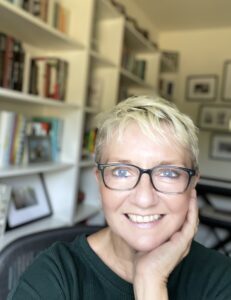 Kate Bristow was born in London. She fell in love with reading when she got her first library card at the age of four. Her first attempt at writing and publishing for a wide audience was a local newspaper typed laboriously at home on her mother’s typewriter while at primary (elementary) school in north London. It is surely a loss to cutting-edge journalism that only one issue was ever produced. Kate divides her time between her small-but-perfectly-formed modern home in Los Angeles and her five-hundred-year-old farmhouse just outside Sassocorvaro in Italy.
Kate Bristow was born in London. She fell in love with reading when she got her first library card at the age of four. Her first attempt at writing and publishing for a wide audience was a local newspaper typed laboriously at home on her mother’s typewriter while at primary (elementary) school in north London. It is surely a loss to cutting-edge journalism that only one issue was ever produced. Kate divides her time between her small-but-perfectly-formed modern home in Los Angeles and her five-hundred-year-old farmhouse just outside Sassocorvaro in Italy.
Buy the book at your favorite online venue.
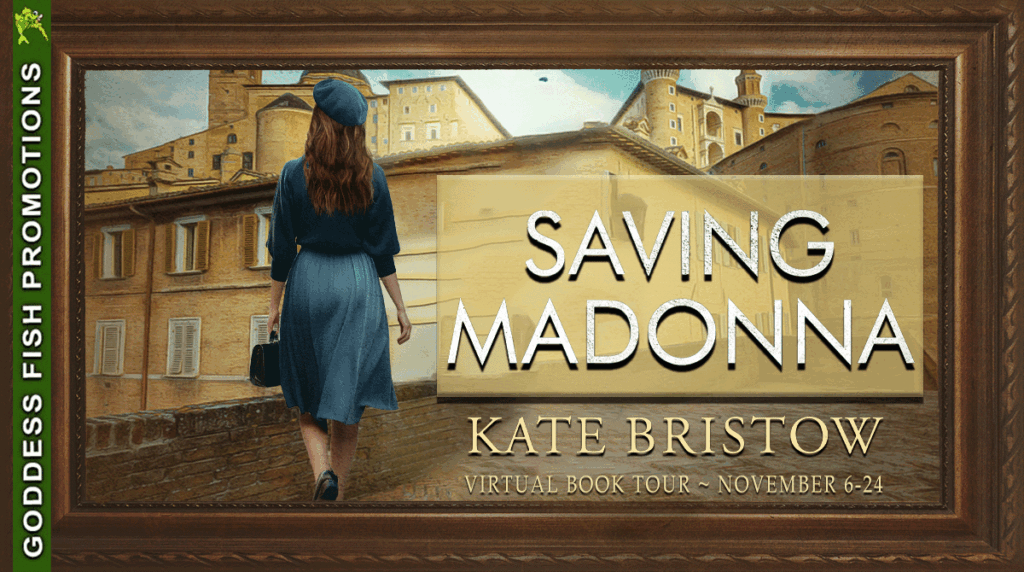
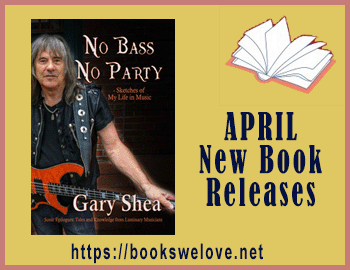

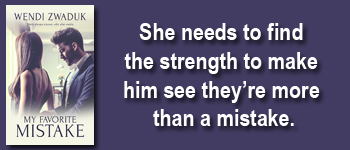

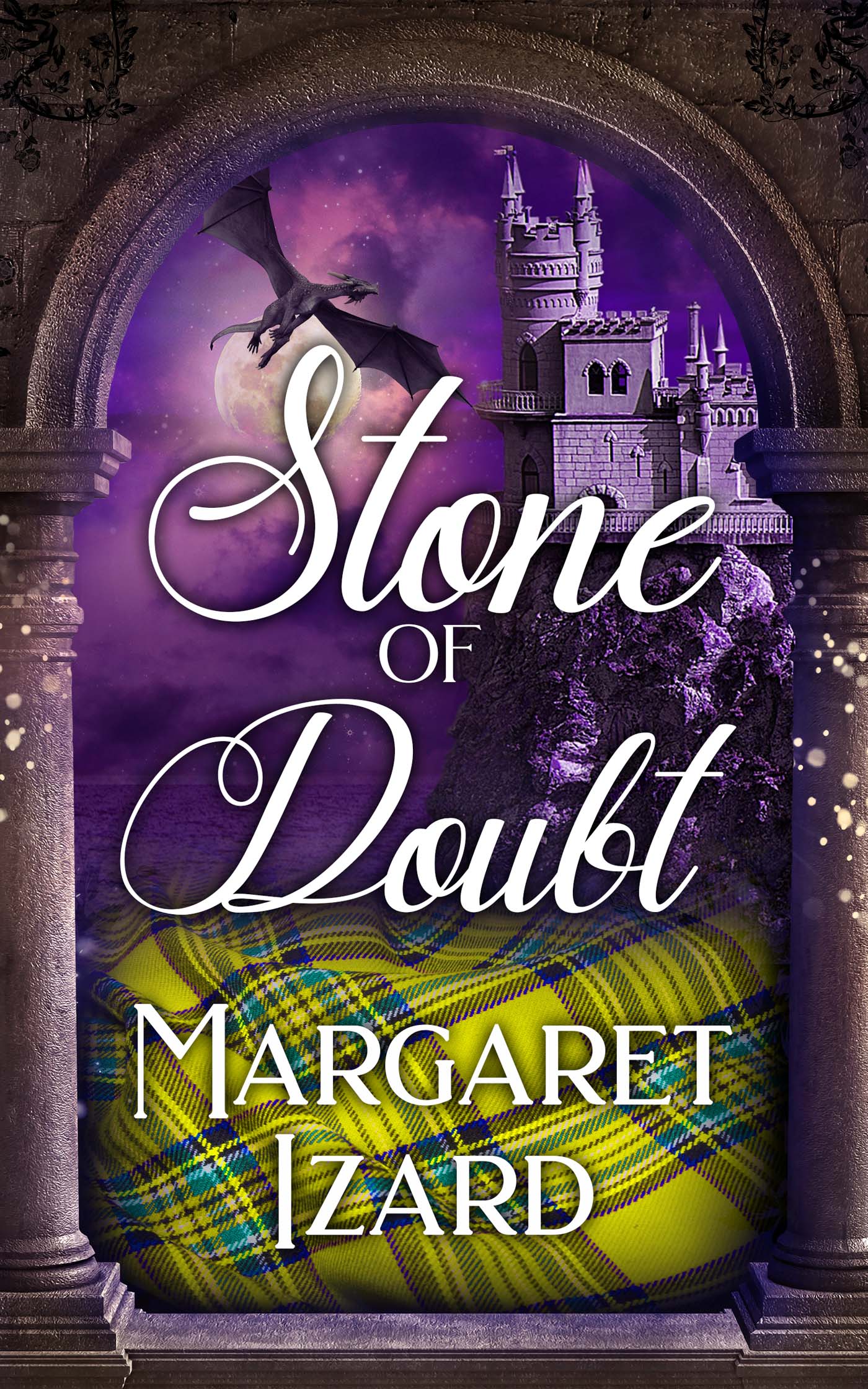
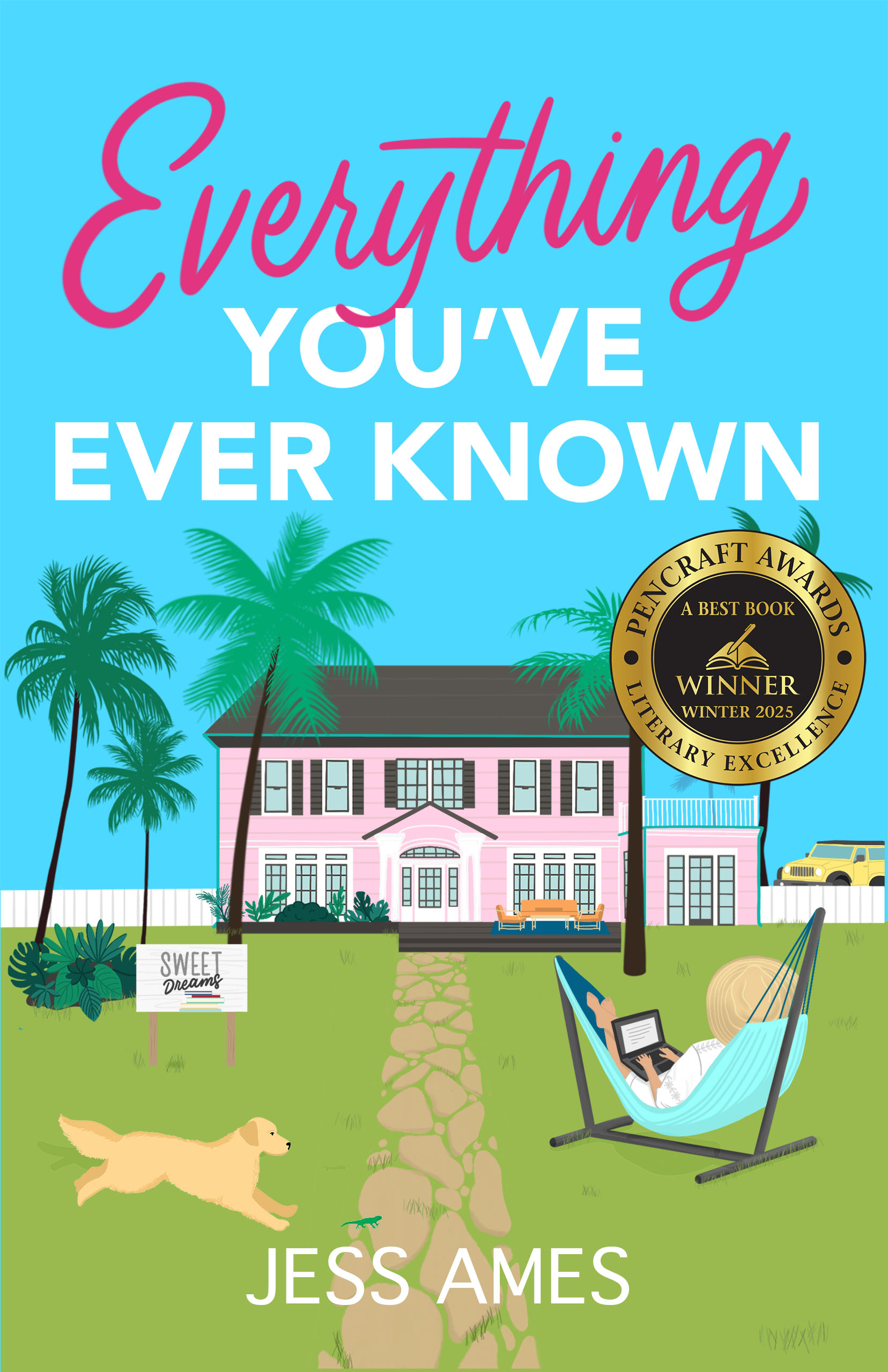
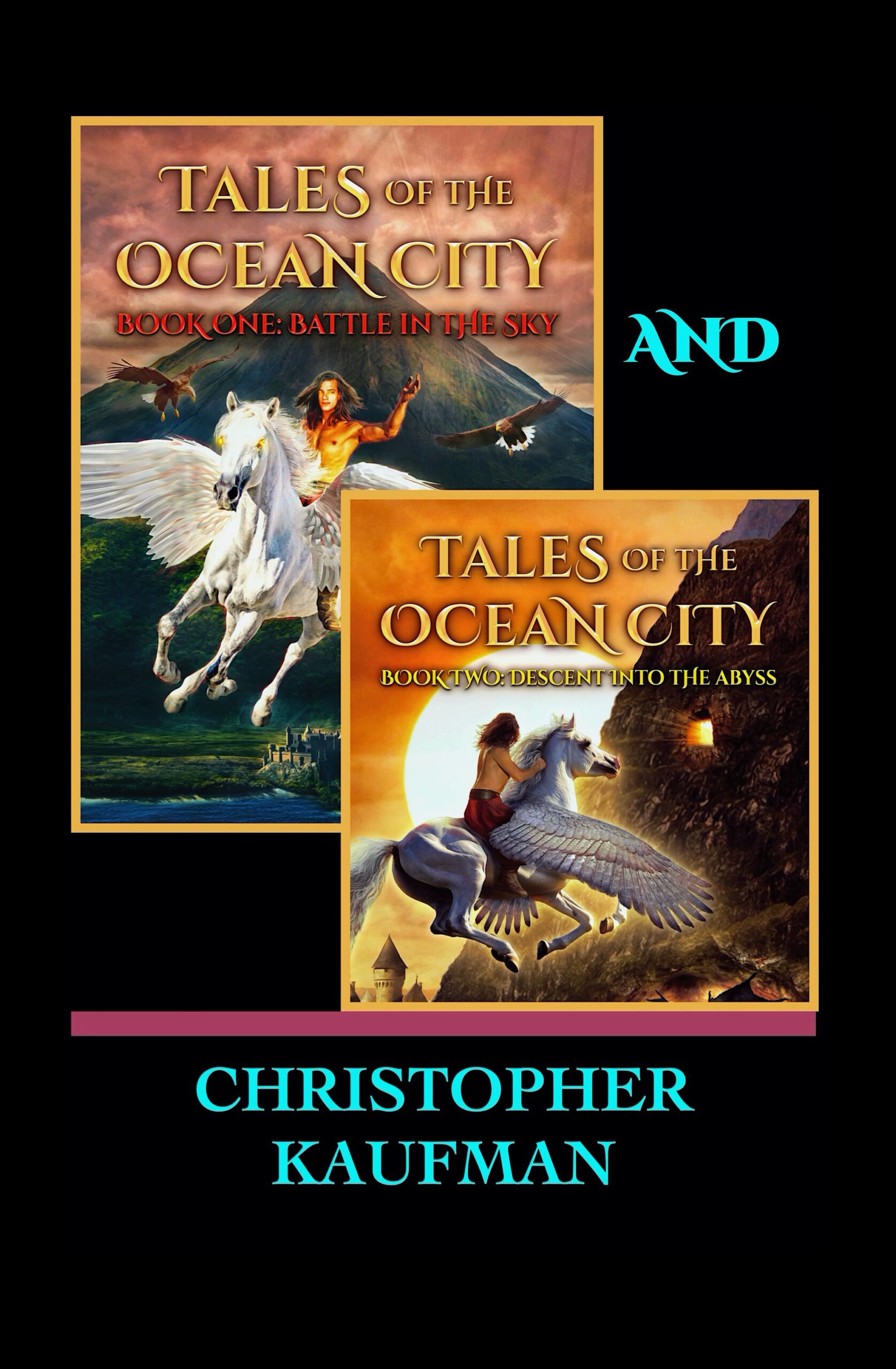
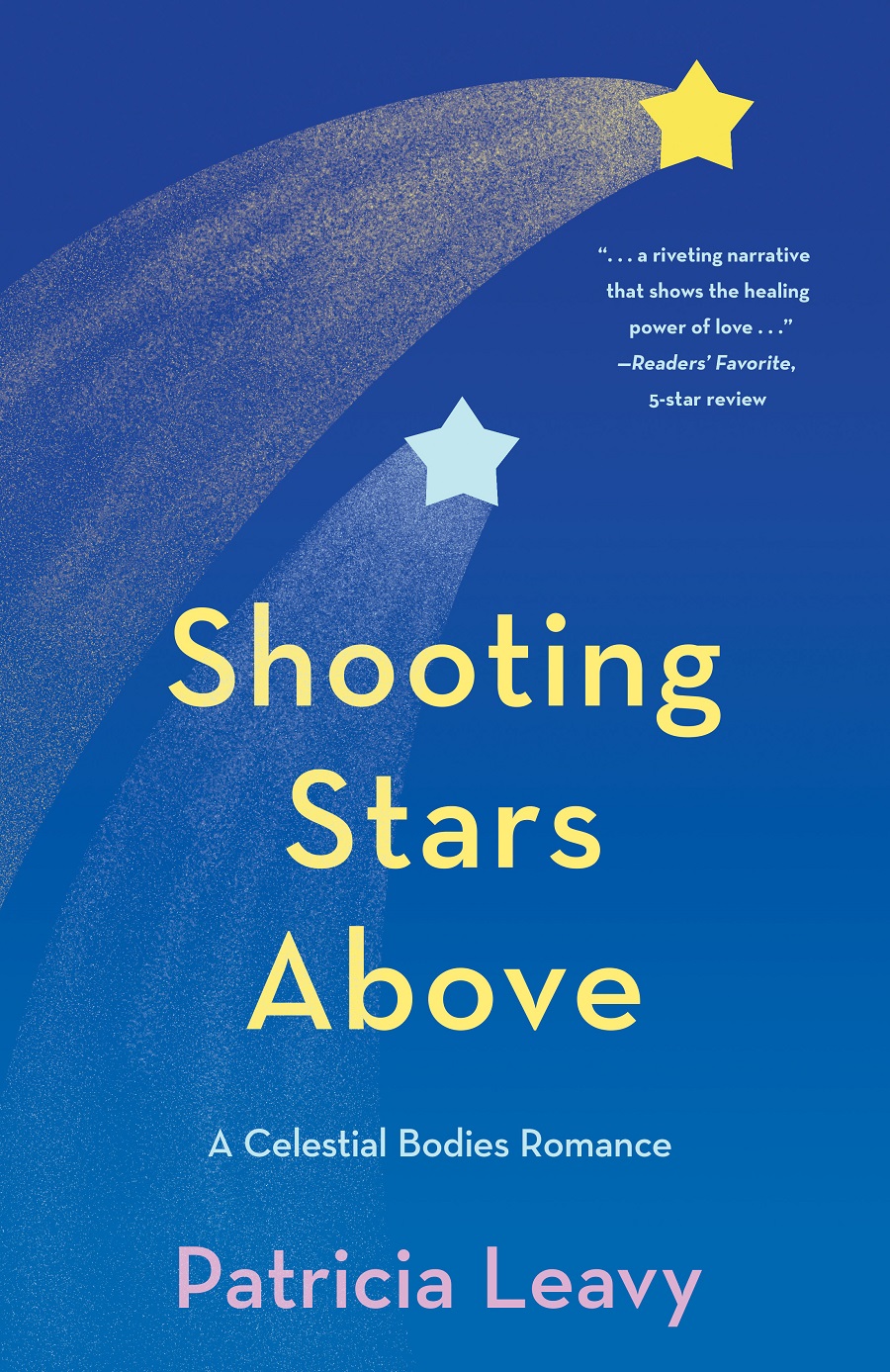
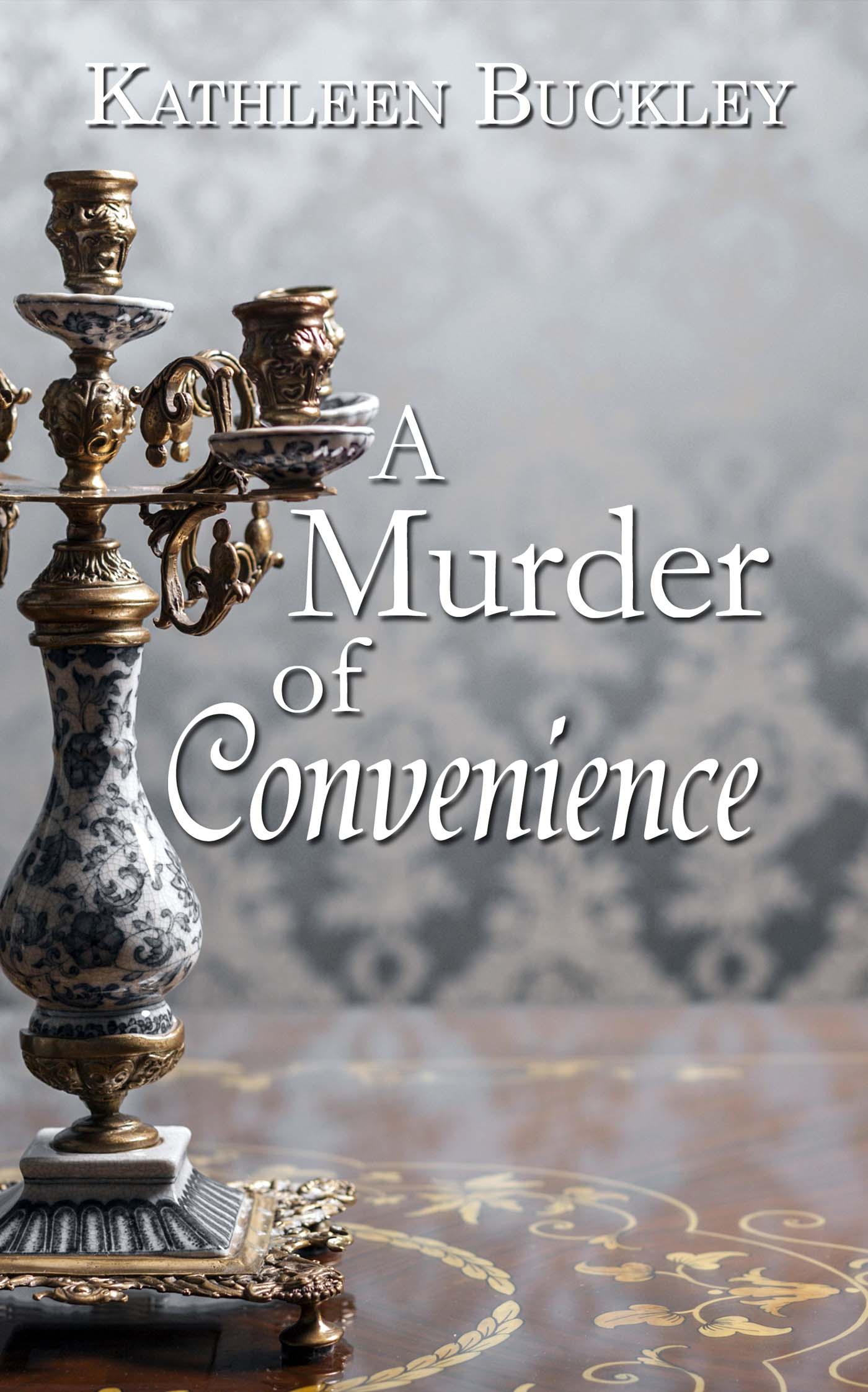
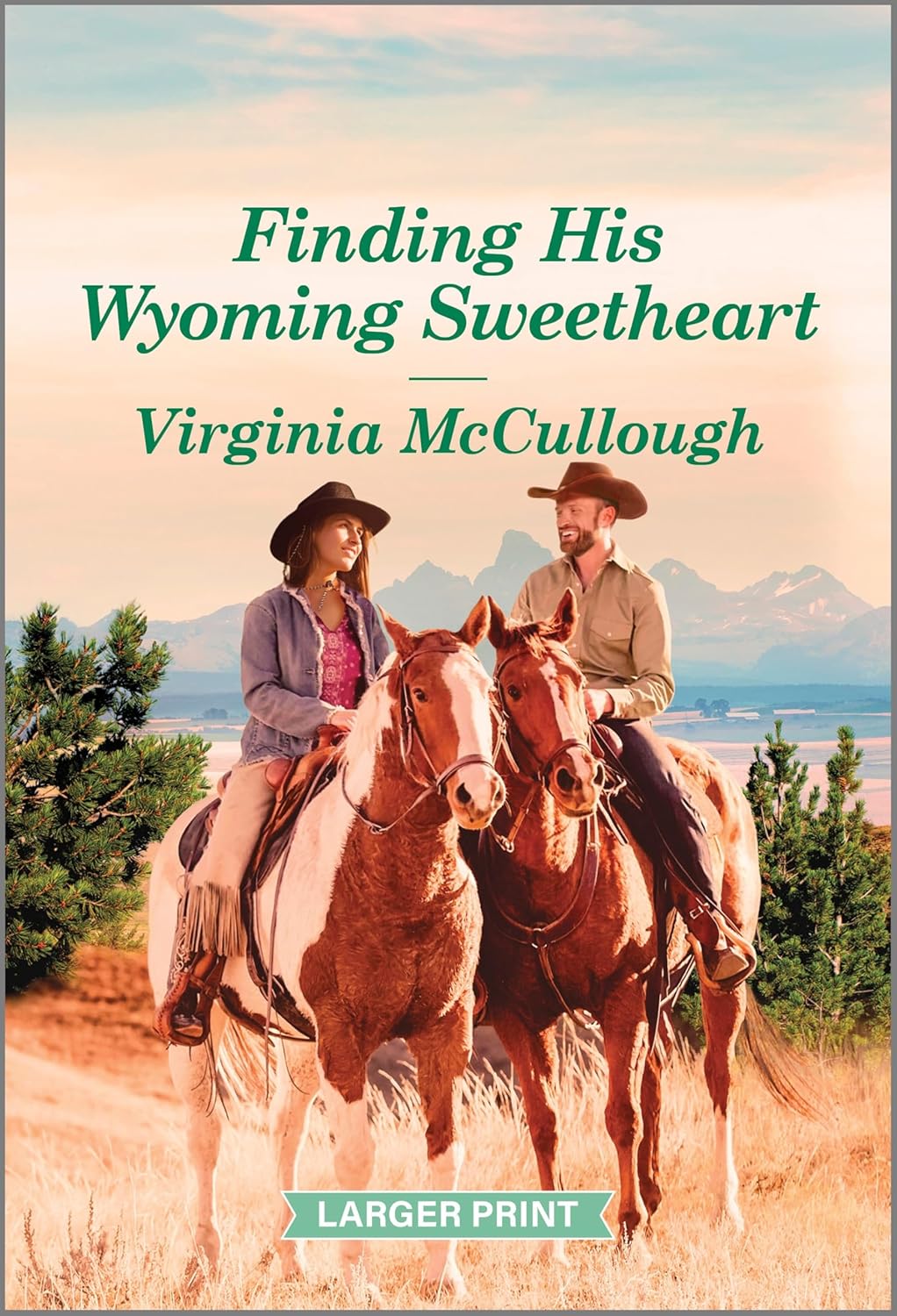
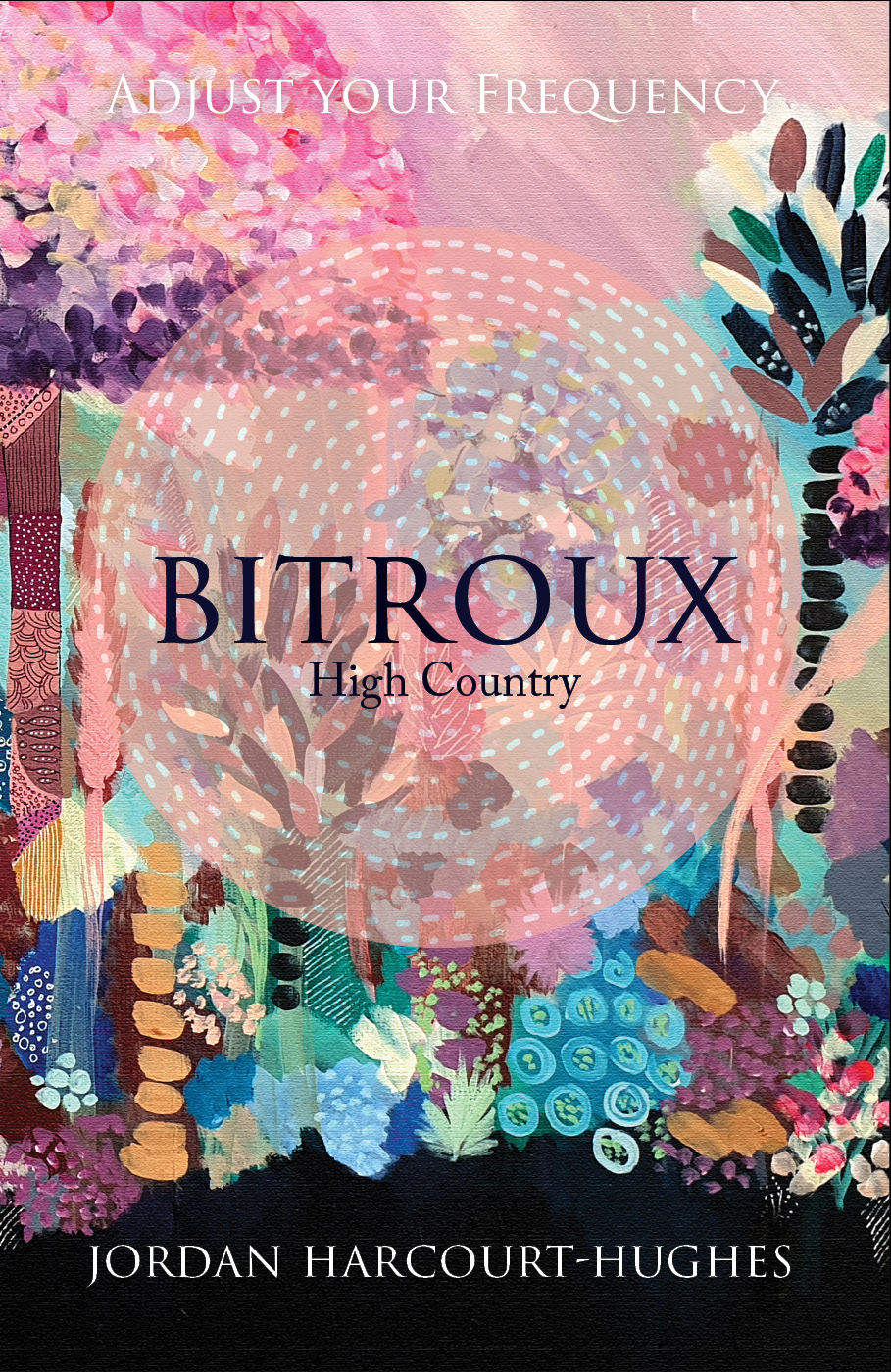
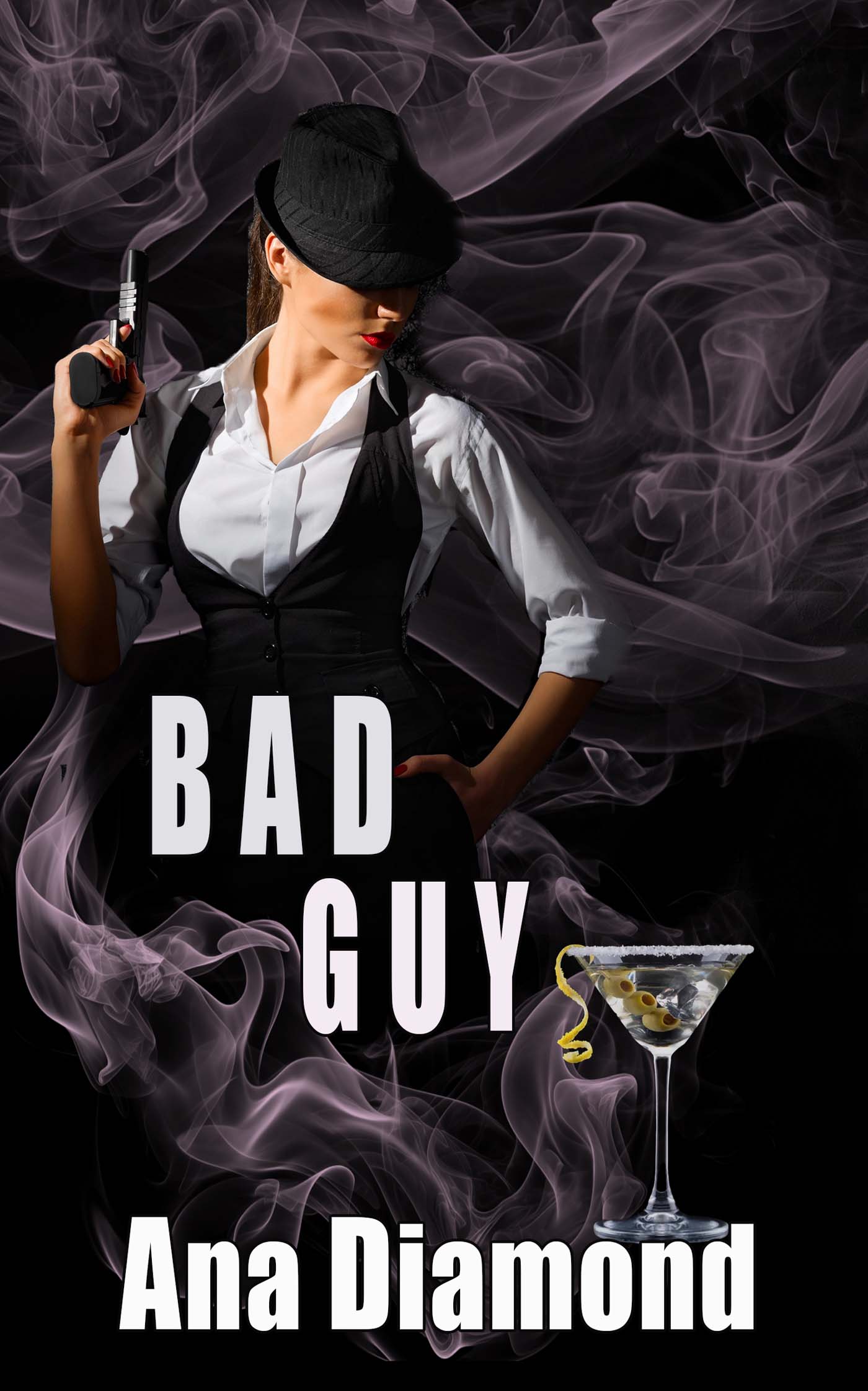
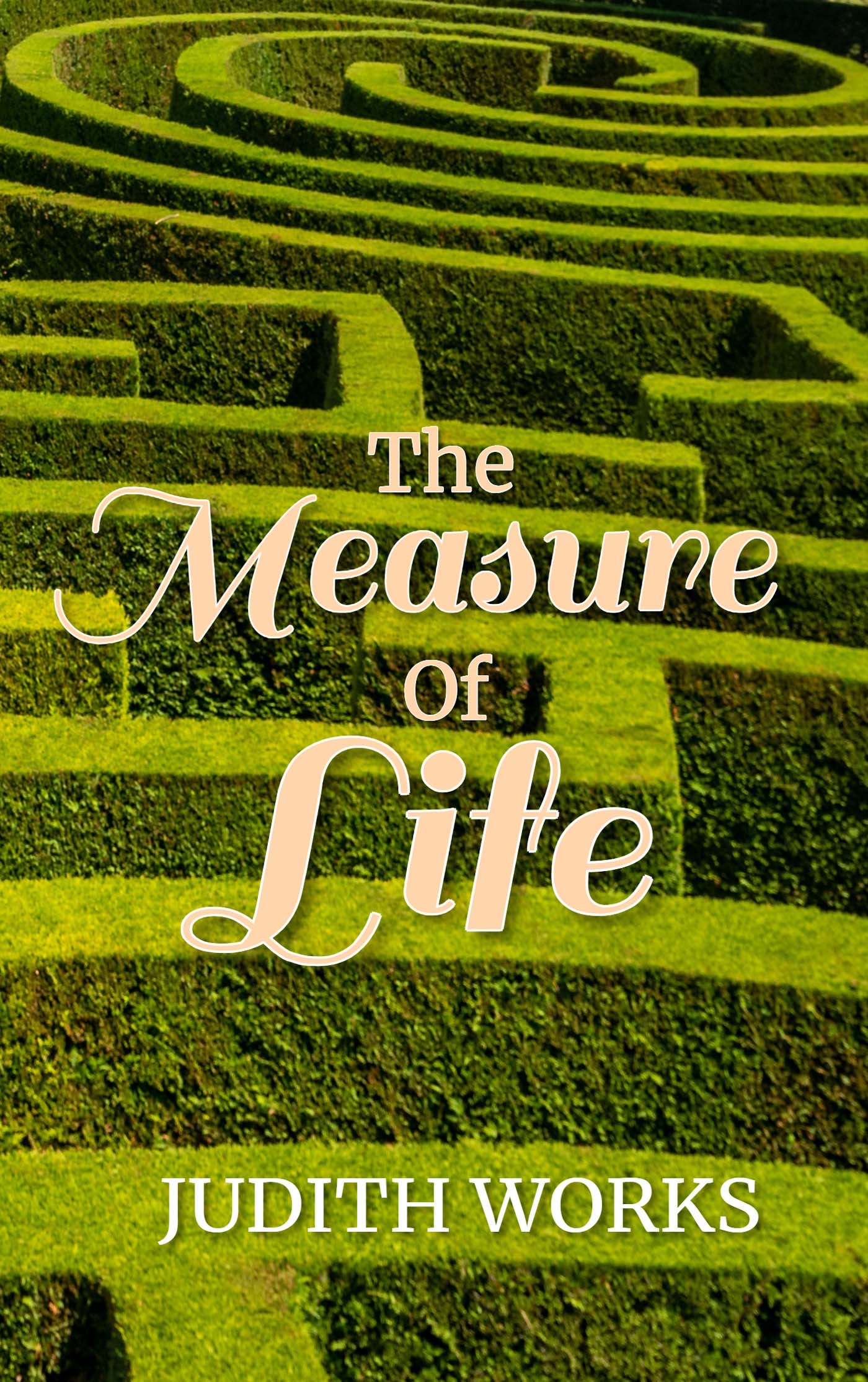

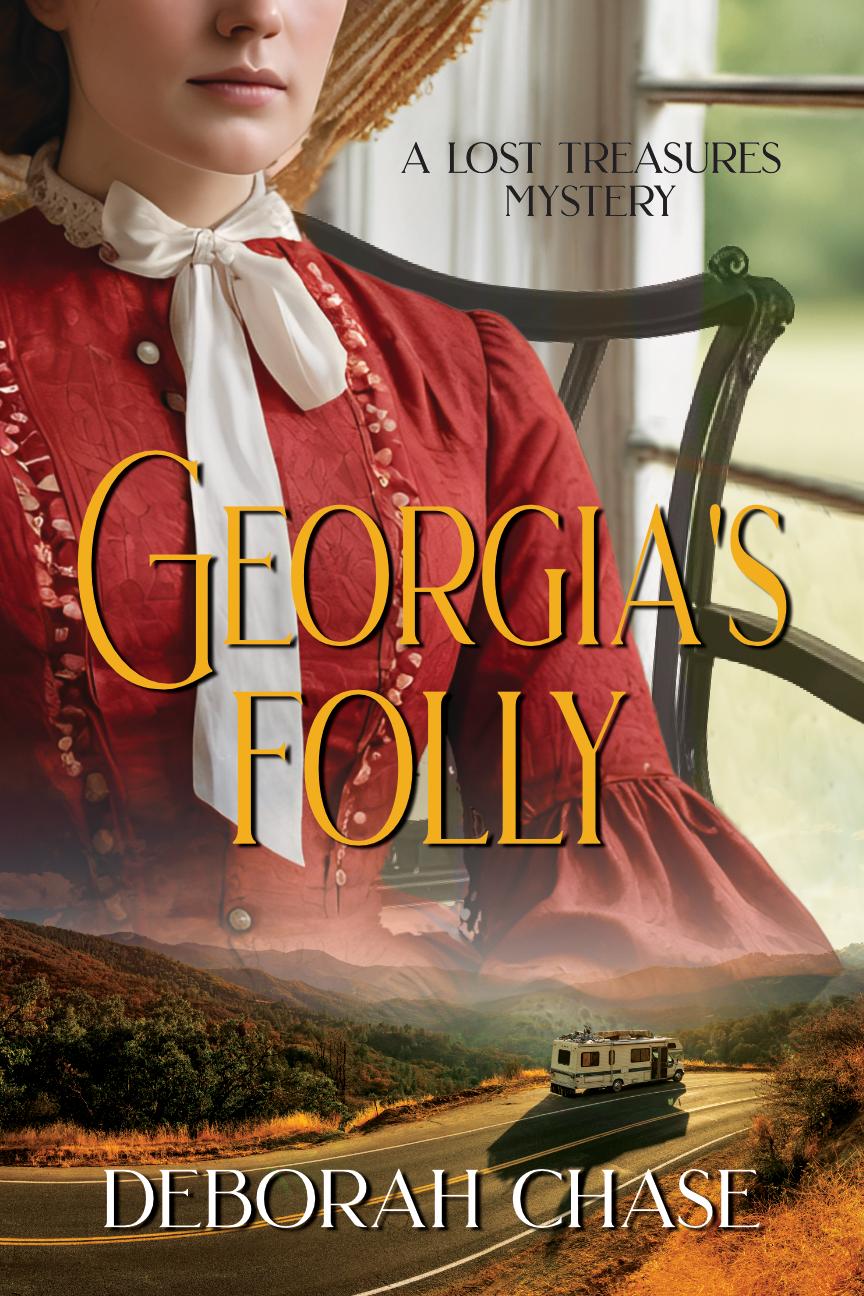
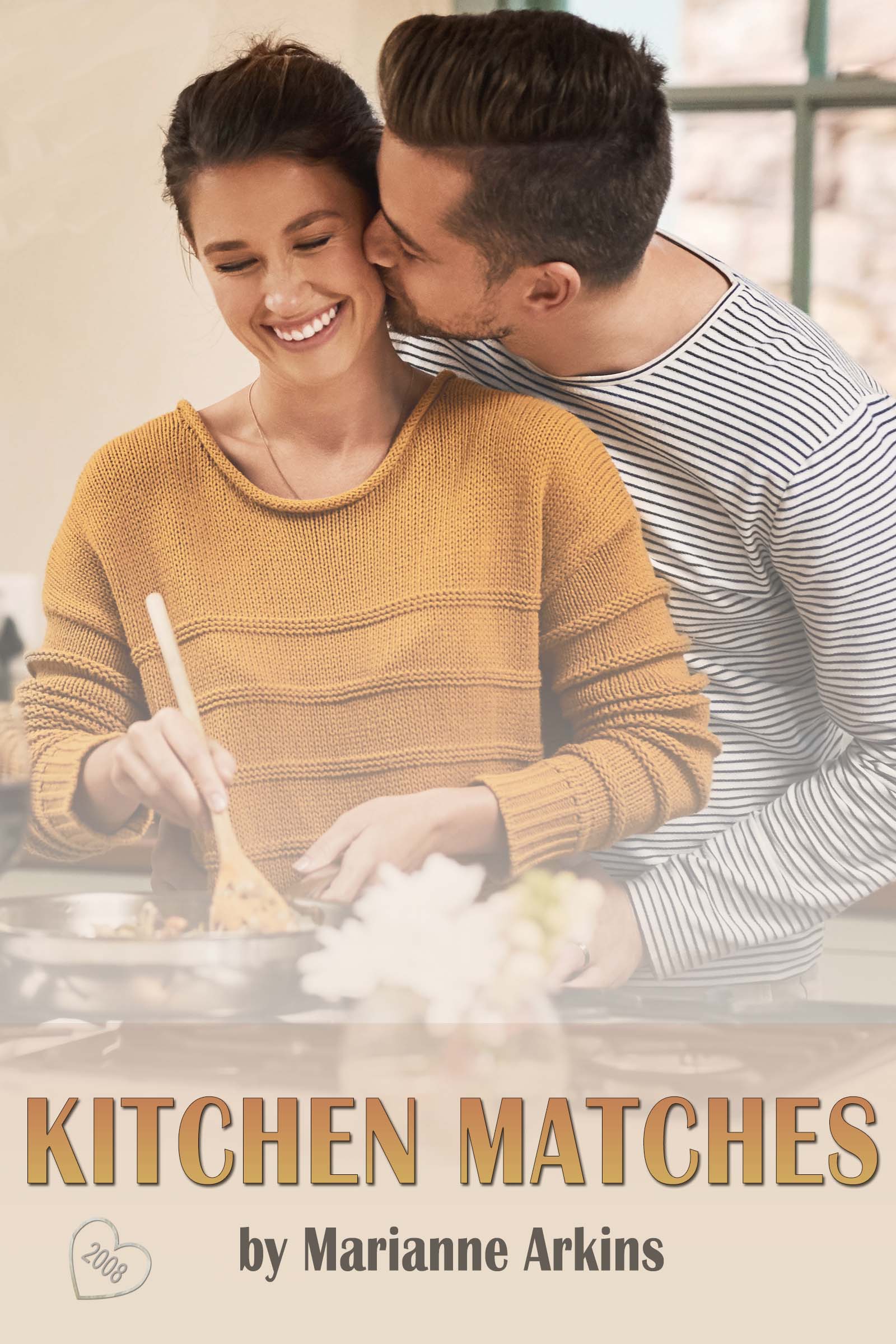

Thanks for hosting!
Thank you so much for hosting me today – i enjoyed writing this guest post.
Enjoyed reading the post. This sounds like a good book.